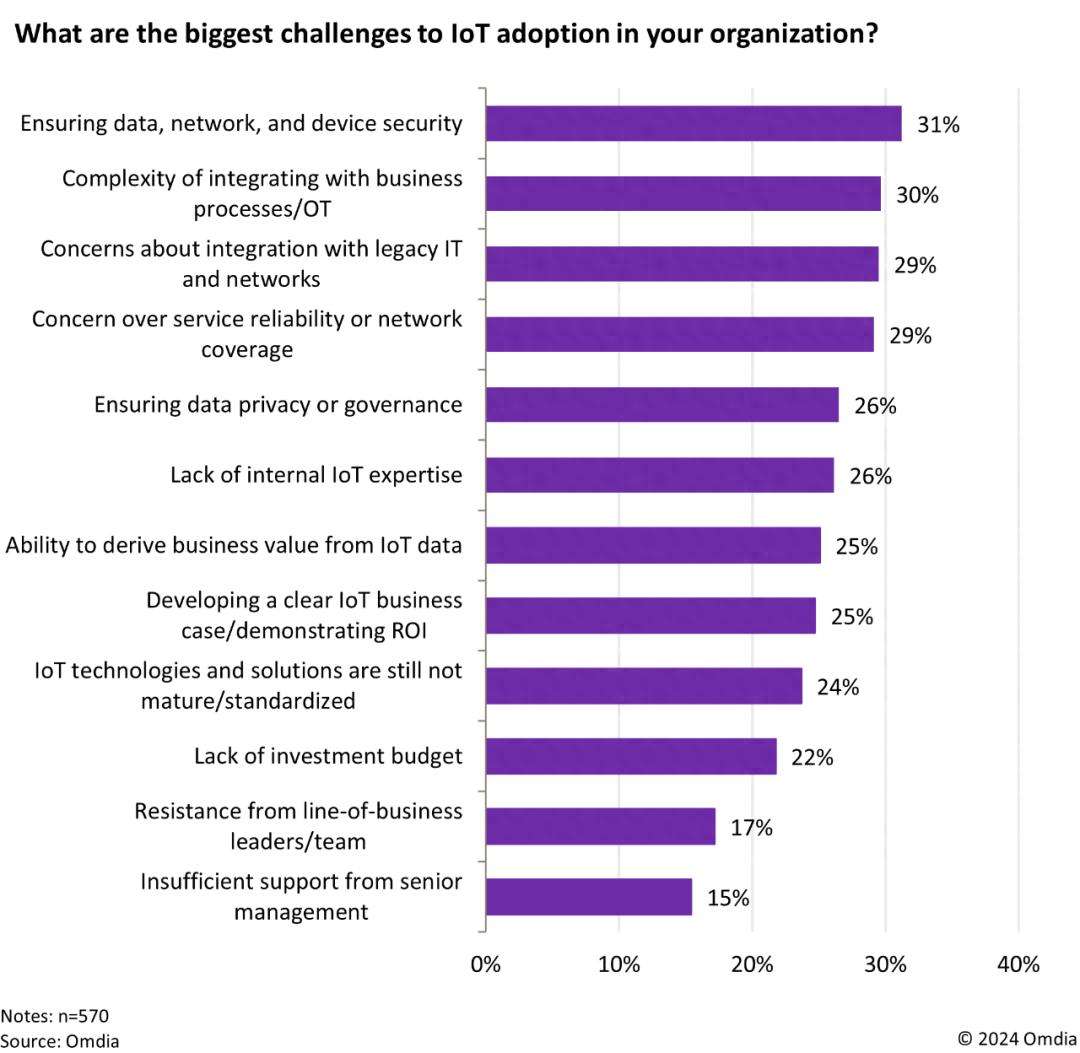The IoT Market: Benefiting from Mass Connectivity
Advertisements
The rapid advancements in technology have ushered in a new era for businesses, and at the forefront of this transformation is the intersection of artificial intelligence (AI) and the Internet of Things (IoT). As industries evolve, the way these two transformative forces converge could have profound implications for operational efficiency, customer interaction, and overall business strategy. The integration of AI and machine learning capabilities into IoT systems is not just a technical upgrade; it's a strategic necessity that could shape the landscape of various sectors by 2025.
At the heart of this convergence is the understanding that data is the new currency. IoT devices generate massive volumes of data from smart home gadgets to industrial sensors, and AI technologies have the ability to analyze this data, making intelligent decisions in real-time. For instance, consider a smart lock in a home automation system that utilizes AI algorithms to learn the patterns of the inhabitants, granting access only when recognized individuals are present. This symbiotic relationship between IoT and AI significantly enhances user experience while fortifying security measures.
Moreover, as ventures explore the fusion of these technologies, they uncover opportunities for enhanced operational efficiency. Take, for example, the agricultural sector, where IoT devices monitor crop health via sensors and cameras. Through AI analysis, farmers can receive actionable insights regarding irrigation needs, pest control, and harvest timings, ultimately increasing yield and reducing waste. Such integration not only ensures better resource management but also contributes to sustainable practices, driving forward global sustainability goals.
However, the road to universal AI and IoT integration is not without its challenges. Projections from the World Bank indicate that the economic climate leading up to 2025 could be rocky, with geopolitical tensions, fragmented trade practices, and high-interest rates creating a web of challenges for IoT enterprises. Companies must navigate not only their internal processes but also external pressures that could hinder technological adoption.
Goldman Sachs presents a nuanced view of the future, suggesting that while interest rates might decline, the intricate trade relations, including tariffs imposed by the United States, could stall advancements and innovations until later in the year. Therefore, it's imperative for IoT enterprises to remain agile, continuously reassessing both macro and microeconomic factors that could impact their business models.
One area of specific interest is the satellite IoT segment. It is anticipated that while satellite IoT may not disrupt the market entirely, it offers cost-saving opportunities, particularly for sectors that require devices to operate in remote areas where traditional connectivity protocols fail. The roll-out of narrowband IoT (NB-IoT) technology, particularly with the SGP.32 standard coming to fruition, could pave the way for robust growth across multiple markets. Hybrid networks, blending traditional cellular infrastructures with satellite systems, could redefine connectivity for industries ranging from maritime logistics to environmental monitoring.

The burgeoning IoT landscape heavily leans on connectivity management—an area professionals underscore as pivotal for the mass adoption of this technology. By 2025, the maturation of the eSIM/iSIM technology standards could facilitate seamless device connectivity and management, further propelling the growth of the NB-IoT market. This enhancement will facilitate real-time communication between devices, fostering an environment where IoT systems can operate optimally.
Importantly, existing API frameworks within the IoT ecosystem will require meticulous design and implementation. As businesses strive to achieve a connected world, the role of APIs will become increasingly vital. They serve as bridges between devices and applications, enabling the seamless flow of information. However, the key takeaway is that the value of IoT networks and their associated APIs should extend beyond simple data transfer; they must drive innovation by tapping into the high-speed, low-latency capabilities of 5G networks.
5G technology stands poised to revolutionize how IoT devices function, creating the potential for real-time monitoring and control. In the realm of smart transportation, for instance, vehicles could communicate with one another and with infrastructure facilities to manage traffic flows and enhance safety protocols. Industries like manufacturing could leverage 5G-enabled robots that not only operate independently but also collaborate with other machines in real-time, thus elevating production capabilities to unprecedented levels.
Nevertheless, the geopolitical landscape poses substantial risks to growth in the IoT market. Tariff wars and regulatory environments across countries can create unpredictability that stifles innovation and increases costs. IoT companies may find themselves caught in a crossfire, with elevated supply chain costs leading to decreased price competitiveness in an already crowded market. Adapting to varying regulations requires time and resources that could otherwise be directed toward innovation and product development, thereby delaying potential growth opportunities.
The pressing reality is that the journey for IoT and AI integration is one fraught with complexity; however, it is also rich with opportunity. As enterprises navigate these uncharted waters, the potential to enhance operational efficiency, improve customer interactions, and ultimately deliver value-added services remains strong. The collaborative efforts of businesses, governments, and regulatory bodies will be essential in mitigating the adverse effects of external challenges while carving a path toward sustainable development.
Looking ahead to 2025, the imperative is clear: IoT network APIs and their applications must continue to adapt and innovate in response to evolving market demands. Companies willing to embrace change and overcome hurdles will not only thrive but also propel the IoT ecosystem forward. By reinforcing the connection between technology and business, we can unlock the vast potential that lies within this new era of smart connectivity.
Post Comment